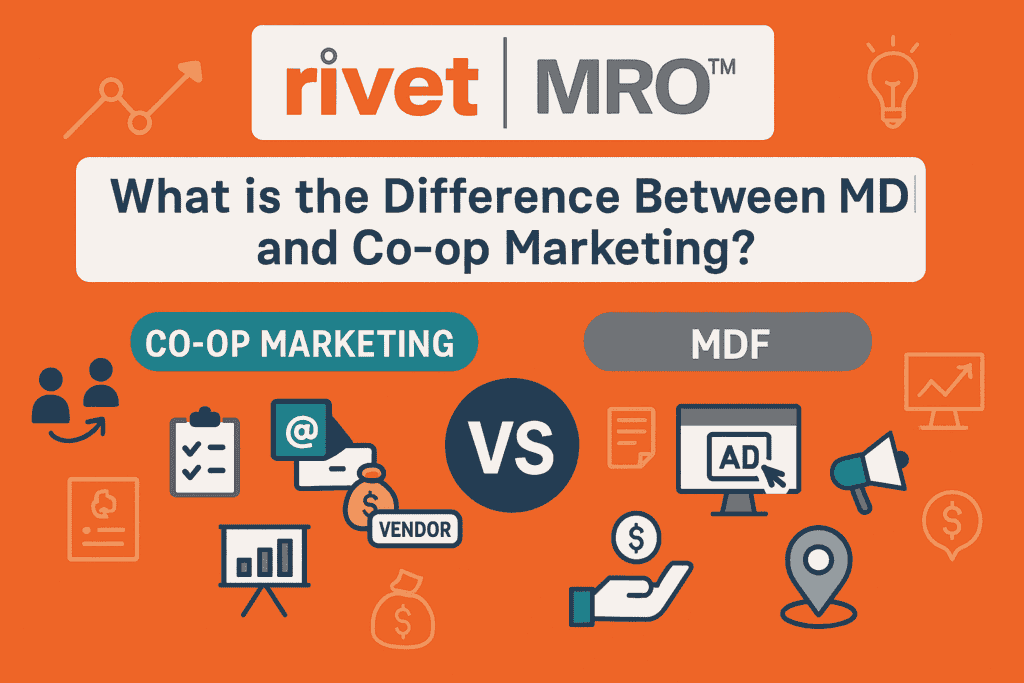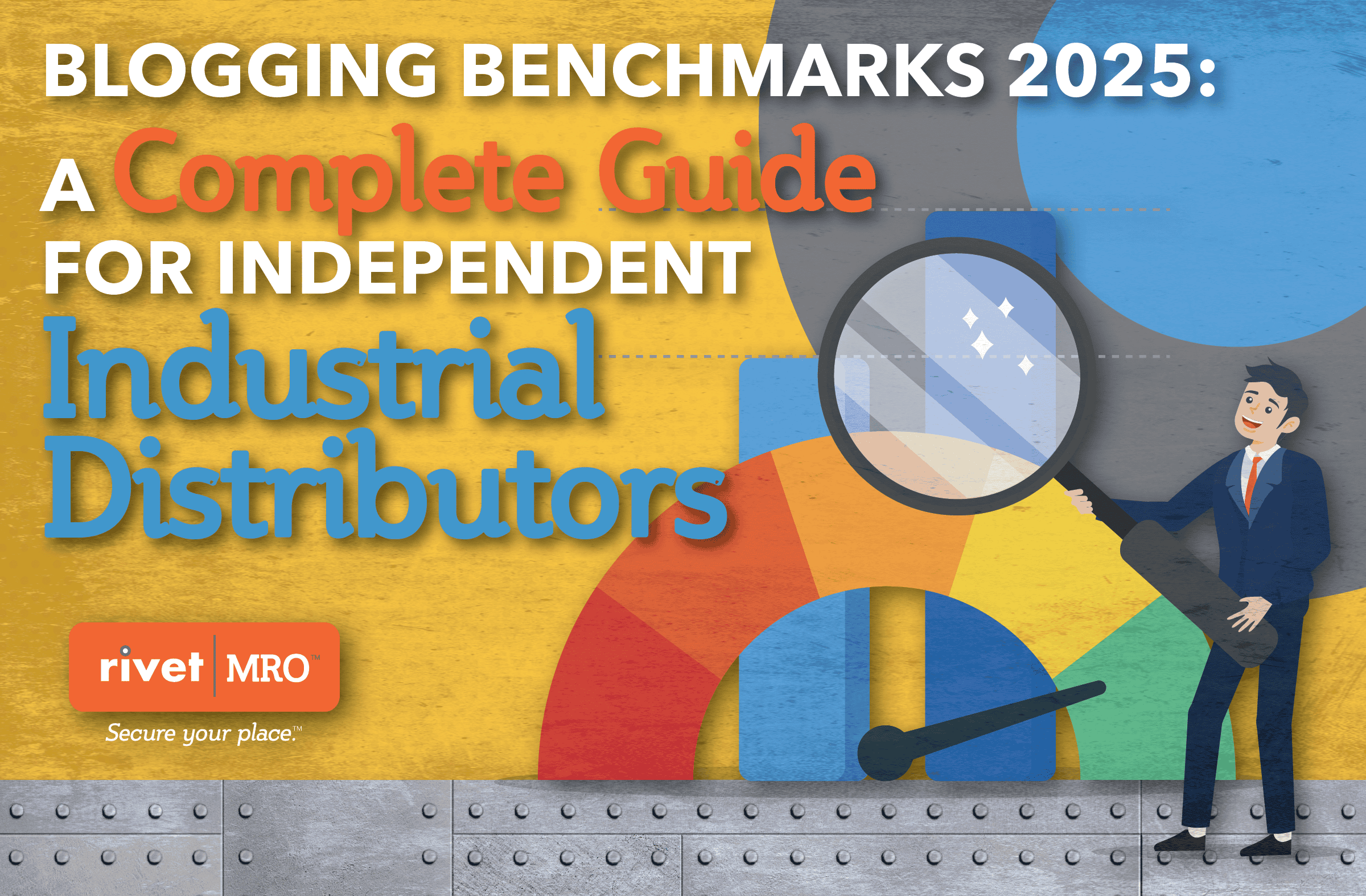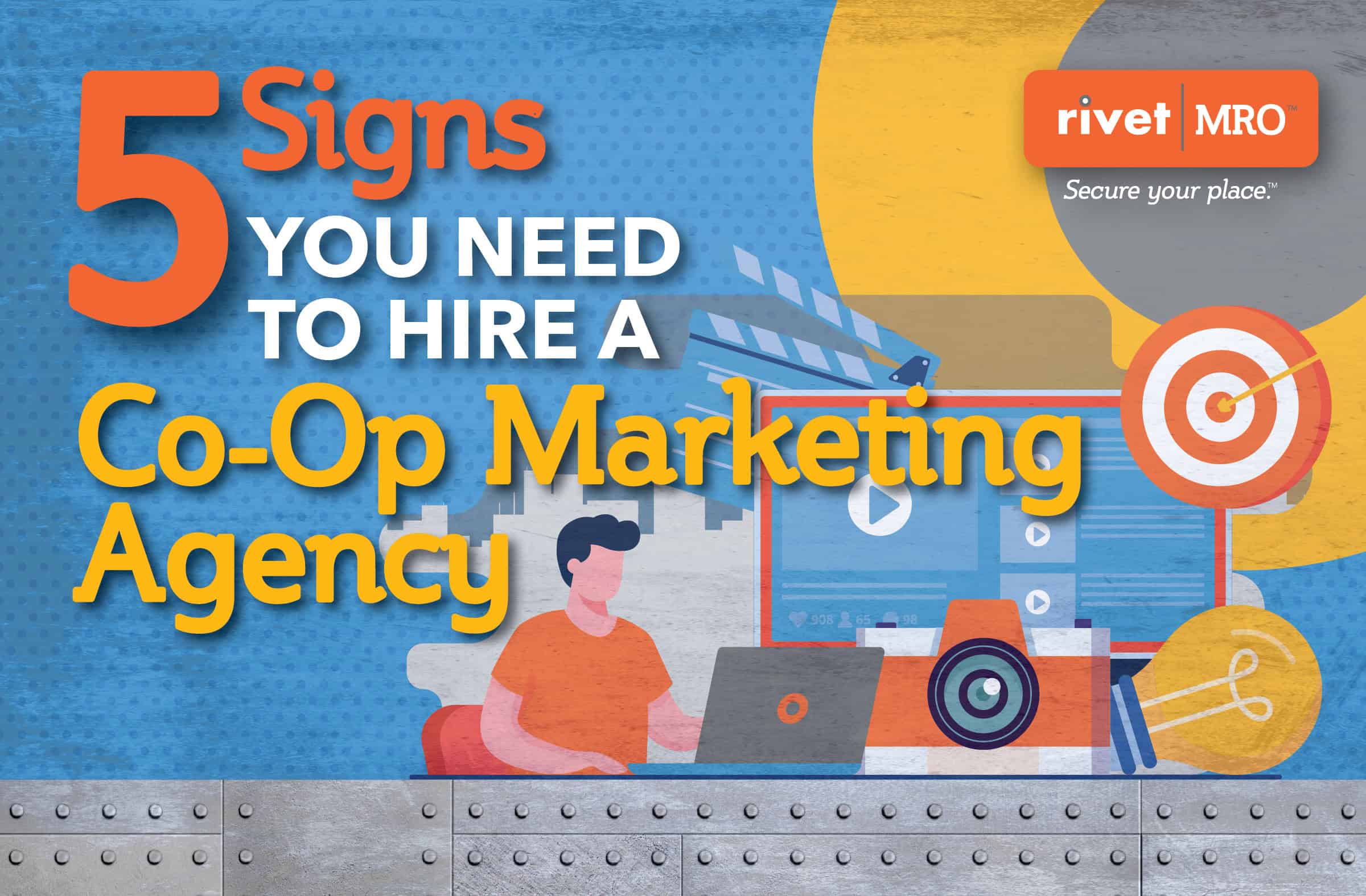In the fast-paced world of industrial and electrical distribution, every advantage matters, especially when it comes to marketing. Independent distributors often juggle tight margins and lean teams, which makes vendor-funded support more than helpful. It can be a real growth driver.
Still, terms like co-op marketing and Market Development Funds (MDF) are often confused. When that happens, valuable opportunities can be overlooked or mismanaged by distributors and other channel partners trying to navigate funding options.
These two funding models are not the same. They serve different goals, follow different rules, and require different approaches. Whether you’re planning a seasonal push, a series of local marketing campaigns, or testing new digital strategies, understanding the difference can save time, prevent costly errors, and make your marketing efforts go further.
Understanding Co-op Marketing vs. MDF
When vendors offer marketing support, it typically comes in one of two forms: co-op marketing or Market Development Funds (MDF). While both aim to help distributors in the entire local marketing process, they function in different ways. Knowing which type of funding applies can make a real difference in how you plan, execute, and report your marketing activities.
Co-op Marketing
Co-op marketing, also called co-op advertising is a cost-sharing model based on past sales. In simple terms, the more you sell, the more support you earn. Vendors reimburse you for approved partner marketing efforts that promote their products, often under specific guidelines. These typically include using brand compliant marketing collateral, aligning with messaging standards, and following platform requirements.
Tactics might include videos, email campaigns, trade show materials, or local marketing execution through digital promotions. For many independent distributors, co-op is a dependable way to stretch marketing budgets, stay visible in the field, and reinforce strong vendor relationships. Co-op marketing funds are often fully paid by suppliers…however, some manufacturers offer a cost-sharing model, requiring distributors to pay half of the project cost.
Market Development Funds (MDF)
MDF, on the other hand, is more flexible but less predictable. Rather than being tied to past sales, MDF is often awarded through a proposal process or offered directly by the vendor for strategic purposes—such as entering new markets, supporting channel partner programs, or launching a product line. Funding might cover digital ads, educational events, or sponsorships aligned with the brand’s strategic goals.
Because MDF is discretionary, the rules vary. Some vendors may require a formal marketing plan or prior brand approval, while others offer funding on a more situational basis. Regardless, clear communication and strong reporting are key to building trust and unlocking future support.
Both types of funding offer valuable co-funding options, but they require different approaches. The more clearly you understand how each works, the better you can align with vendor expectations and craft distributes marketing strategy that deliver results.
Key Differences at a Glance
- Source of Funds:
Co-op marketing funds are typically earned through previous sales. MDF is often offered proactively by the vendor as a strategic incentive. - Approval Process:
Co-op funds follow set guidelines and usually require post-campaign documentation. MDF may require upfront proposals and vendor justification. - Reimbursement:
Co-op is usually reimbursed after proof of performance. MDF can be prepaid, partially funded in advance, or reimbursed based on vendor discretion. - Use Cases:
Co-op marketing is best for ongoing promotions, seasonal ads, or structured campaigns. MDF supports larger marketing initiatives like market expansion or new product rollouts. - Consistency:
Co-op programs are structured and recurring. MDF opportunities vary based on timing, vendor priorities, and evolving co funding mechanisms.
Why Distributors Need to Know the Difference
For independent distributors, every marketing dollar matters. That is why knowing whether a campaign is backed by MDF or co-op funding is not just helpful—it is essential. Each program comes with its own timelines, rules, and expectations. Treating them as interchangeable can result in lost reimbursements or missed funding windows.
Having a clear grasp of both models allows you to plan strategically, align efforts with vendor standards, and stay compliant with brand visibility requirements. It also helps avoid common setbacks, such as submitting ineligible campaigns or using outdated brand compliant assets.
Most importantly, understanding your funding landscape helps you move from reactive execution to proactive strategy—resulting in better campaigns, stronger partner engagement, and increased revenue growth over time.
Final Thoughts
Supplier funding, whether through co-op programs or MDF, can unlock powerful marketing opportunities when used properly. But to get the most value, you need more than access to funds. You need clarity, strategy, and execution that aligns with both your business goals and your vendors’ expectations.
Understanding the difference between co-op and MDF is the first step. The next is turning that knowledge into action.
Ready to stop leaving vendor funds on the table?
Rivet|MRO’s Co|optimizer program helps independent distributors simplify the process, claim what they’ve earned, and turn funding into real, measurable growth. Access co-op funding options today and see how far your marketing dollars can take you.













